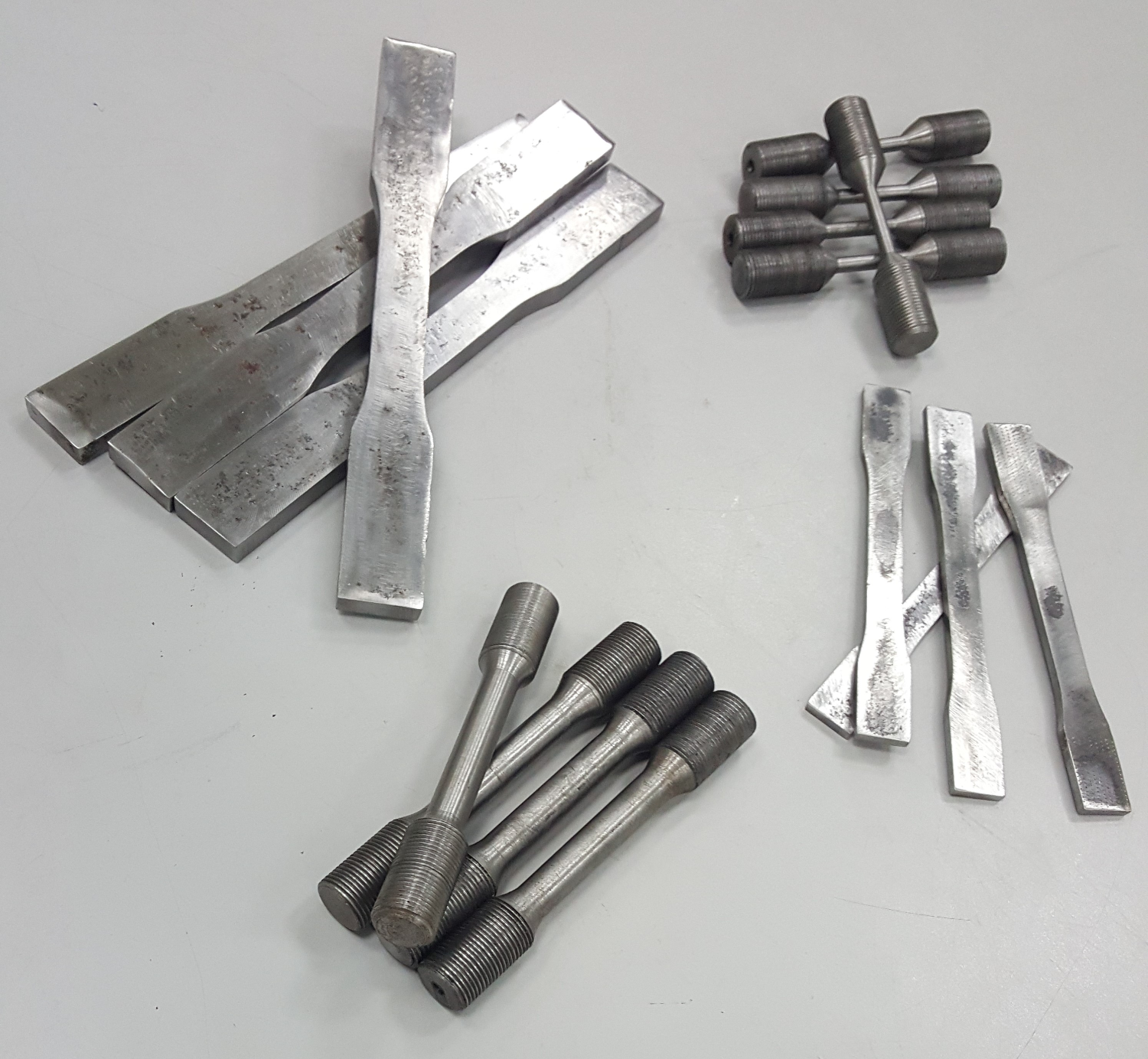Based on ASTM E8, ISO 6892-1, and EN 10002-1 standards, this test allows for a detailed analysis of the mechanical properties of metallic materials. ASTM E8 / ISO 6892-1 The tensile test is a fundamental mechanical test applied to determine the elastic and plastic deformation limits of a material. During the test, the material is stretched under a specific load, and its elongation is observed until it reaches the breaking point. This test helps determine critical mechanical properties such as yield strength, tensile strength, and elongation at break. It is primarily used for materials subjected to mechanical loads, such as structural steels, pipes, welded connections, and metal plates.

